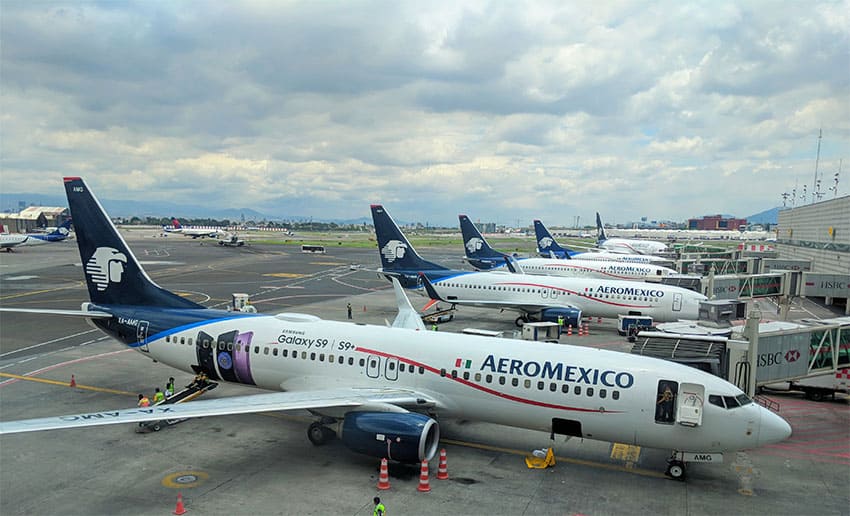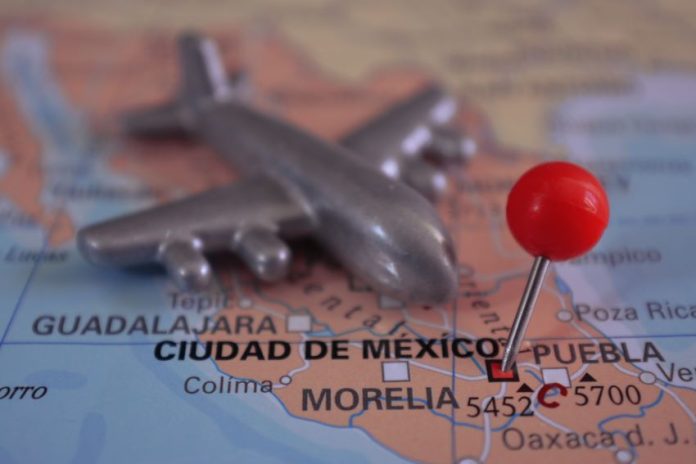Mexico is No. 1 in international air connectivity among Latin American nations by a large margin, according to a study released last week at Colombia’s national tourism fair.
Mabrian, a travel and tourism data intelligence company, projects that Mexico has 27.3 million seats on offer for the first nine months of 2024, a total that dwarfs second-place Brazil (11 million seats) and third-place Colombia (9.9 million).
Mexico’s numbers represent an increase of 8.9% over 2023 whereas Brazil and Colombia improved by 18.4% and 18%, respectively, reflecting a surge in air connectivity that showcases the region’s increasing appeal to global travelers and investors alike.
The projected increase for Mexico is impressive considering the numbers of passengers who flew in 2023. A Tourism Ministry report issued in January indicated 119 million passengers traveled on national and international flights.
Among Mexican airlines, Aeroméxico and Volaris carried 12.2 million international travelers between them last year, an increase of nearly 18%.
American Airlines and United led international carriers, transporting a total of 12.9 million passengers, up 17.9%. Even more impressive, the 2023 figures represent a 23.5% increase over 2019, before the COVID-19 pandemic slammed the industry.

Mexico has been further assisted by the restoration of the Category 1 designation by the US Federal Aviation Administration. This classification indicates that Mexico is in compliance with the global standards required by the International Civil Aviation Organization. It also means Mexican airlines are permitted to increase flights and establish new routes to and from the United States.
Immediately after being restored to Category 1 in September, Mexico’s Transport Minister Jorge Nuño Lara said in a statement: “There will be more flights between both nations, which will strengthen air connectivity; [greater] competition will be encouraged and the quality of services for travelers will improve.”
Mabrian’s Latin America delegate Benjamin Jiménez described his company’s report as a healthy indicator of Latin America’s attractiveness and the confidence the region has inspired among tourists and the business community.
The full Top 10 for Latin America:
- Mexico (27.3 million seats, up 8.9%)
- Brazil (11 million seats, up 18.43%)
- Columbia (9.9 million seats, up 18.03%)
- Panama (9.4 million seats, up 21.3%)
- The Dominican Republic (8.7 million seats, up 10%)
- Puerto Rico (6 million seats, up 3.8%)
- Argentina (5.8 million seats, up 15.3%)
- Chile (5.2 million seats, up 25.7%)
- Peru (4.9 million seats, up 17.7%)
- Costa Rica (3.8 million seats, up 17%)
The increasing accessibility of Mexico and Latin America has the potential to boost economies, international trade and investment.
With reporting from Sin Embargo
